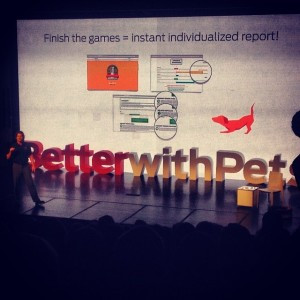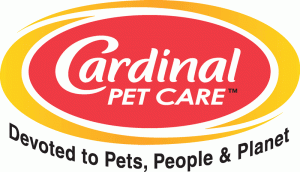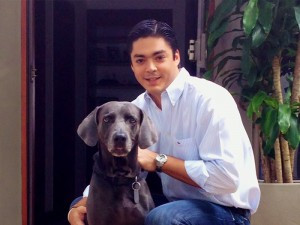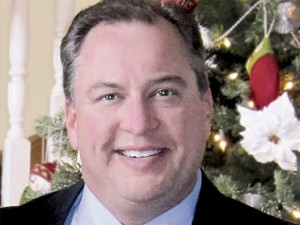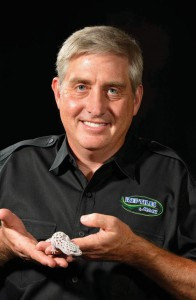Dog and cat food often get lumped together in a “pet food” category, but in many cases comparing the two is like comparing apples to oranges. When it comes to the natural food category, that’s even more the case.
While all-natural dog foods have been taking the market by storm with a wide variety of recipes and mixtures to meet the specific needs of dogs, whether it be for allergies, sensitivities or life stages, cat food options have been somewhat limited. 
But, the natural, grain-free and specialty foods make up about 16 percent of all food purchases for cats according to the 2013-2014 APPA National Pet Owners Survey, and the numbers continue to grow. As a result, cat food manufacturers are pushing out new products to help increase sales and meet the growing demand of customers.
A prime example is grain-free cat food products. Cats are obligate carnivores, meaning they survive on a diet made up mostly of meat, which means many cat foods were already grain-free. But, with gluten-free diets becoming popular for humans, there are more grain-free products in pet foods surfacing as well, which means manufacturers are touting that benefit right on their labels.
Halo introduced a new Spot’s Stew Cats Grain-Free Healthy Weight Whitefish and Salmon product to answer two important consumer trends, grain-free diets and pet obesity issues.
“Our wet foods have always been grain free, but by introducing this new healthy weight formula in a grain free option we’re helping give consumers another option for feeding their cats that matches up with today’s trends,” David Yaskulka, vice president, marketing and communications for Halo, said.
Grain-free isn’t the only place where cat food manufacturers are expanding their offerings. In addition to the popular indoor formulas, all-natural cat foods now have other options for cats’ health.
Nutro’s Natural Choice brand includes formulas for weight control, hairball prevention and finicky eaters. Nutro and Blackwood also provide life stage formulas in their all-natural cat foods. Whether it’s a kitten, adult or senior formula, the products are made with the appropriate amounts of protein and fat for the energy level of the cat.
New Formulas
Manufacturers are constantly researching what’s best for cats’ health and re-working their products to make them better in many different ways. Both Nutro’s Natural Choice and Wellpet’s Wellness Complete Health have recently introduced new and improved formulas.
“In our new formulas, both wet and dry, we have really focused on meat first, to make sure we are meeting the fundamental needs of cats,” Preston Buff, chief natural nutrition officer for Nutro, said.
Wellpet’s new formulation includes meat, whole grains and fruits and vegetables along with supplements including antioxidants, Omega 6, Omega 3, probiotics and controlled ash and minerals.
“Our formula was designed to support urinary tract and celluar health in cats,” Chanda Leary-Coutou, communications manager for WellPet, said.
When it comes to formulating cat food, there’s more to consider than just wet or dry. Cats are notoriously finicky eaters. Some cats like soft food, others like chunky, and still others like to eat by lapping rather than biting and chewing.
When conducting research for their reformulated cat food product, experts from Nutro worked closely with researchers from the Waltham Centre for Pet Nutrition.
“Our primary focus was to find what cats naturally want and need in their diets,” Buff said. “As a result we found that cats want a variety of textures and have introduced four different types of wet cat food products, soft, sliced, minced and chunky with gravy.”
Going Raw
In addition to texture, there’s also the temperature factor.
“When we decided to introduce a raw food especially for cats, we chose to do freeze-dried formulas first because many cats are sensitive to temperature,” Marie Moody, founder and chairman of Stella and Chewy’s, said. “By adding water, cat owners can make the food more palatable.”
Stella and Chewy’s has six flavors of freeze-dried dinners: chicken, turkey, duck, salmon and cod, salmon and chicken and herring and tuna. All are available in 12-ounce bags and a new single-serve pouch that feeds like a 3-ounce can once it’s rehydrated. In the first quarter of 2014 the company is adding a frozen cat food as well.
“We’ve been getting a lot of requests for frozen, and wanted to create more options for people who want to feed their cats an all-natural diet,” Moody said.
Sales of all-natural cat food might take up less of the total market than all-natural dog food for now, but with the innovations from manufacturers, growth of the category seems inevitable.
“People are starting to pay a lot more attention to what they’re feeding their pets, and really caring what they eat in terms of nutrition, and that goes for cats as well as dogs,” Anthony Burrus, communications director, Blackwood Pet Food, said.


